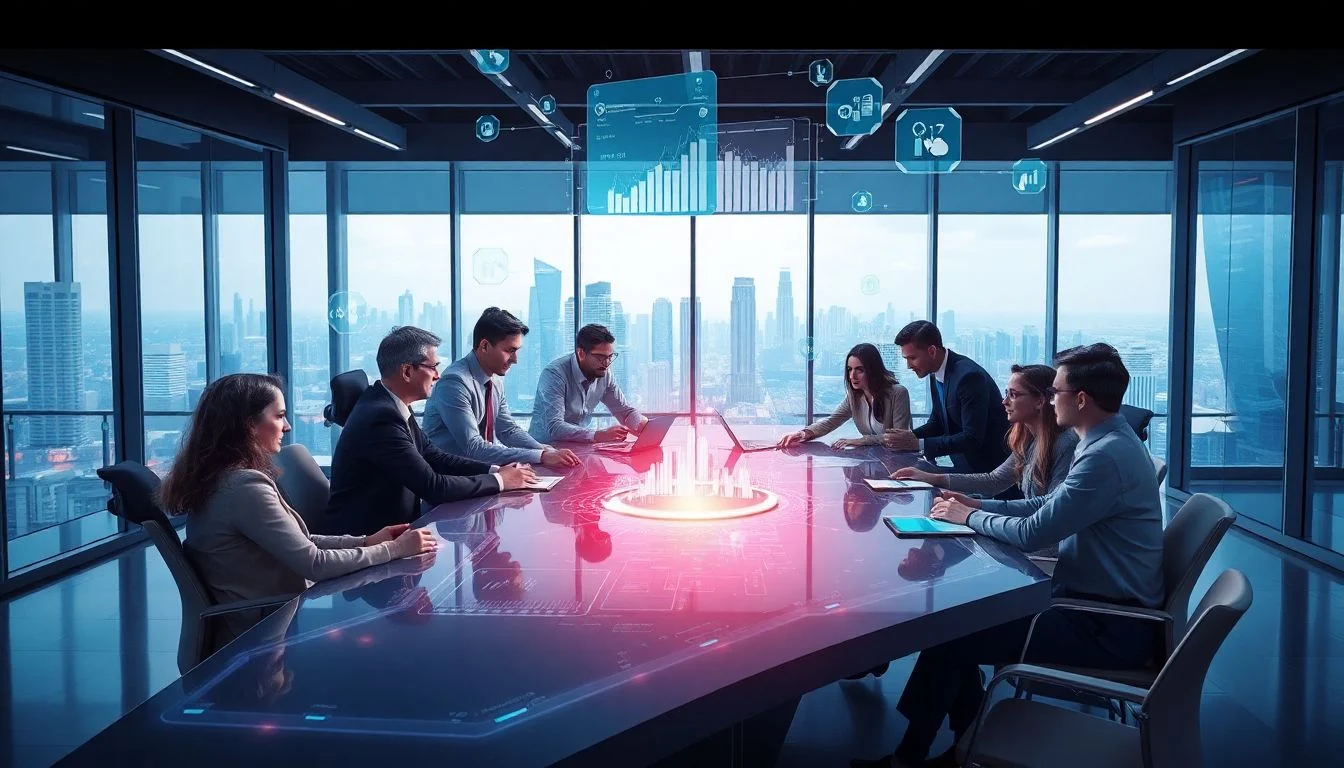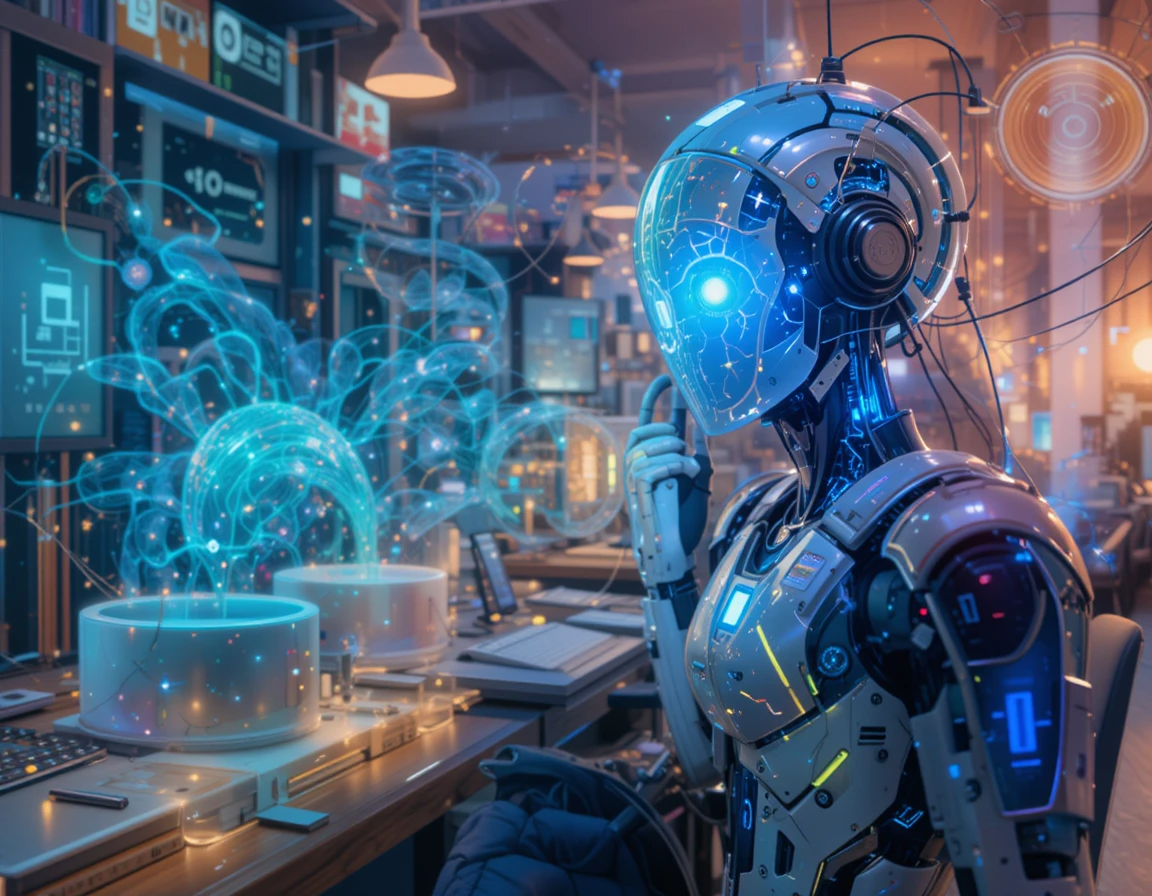AI and Creativity: Can AI Be Truly Creative?
The question of whether AI can be creative is a fascinating one, intersecting the worlds of technology and art in ways that challenge our understanding of both. With AI’s growing presence in the creative industries, it’s worth examining the true nature of creativity and whether it’s a uniquely human trait or something that machines can also possess.
Defining Creativity
Creativity has long been considered a hallmark of human intelligence, characterized by the ability to generate novel and valuable ideas. It’s not just about creating something new, but also about imbuing it with meaning and emotion. The question then arises: Can AI, with its data-driven algorithms and computational power, achieve this level of innovation?
The Role of AI in Art and Creative Industries
AI is already making waves in the art world. Consider the “Portrait of Edmond de Belamy,” created by the collective Obvious using Generative Adversarial Networks (GANs). This piece was auctioned at Christie’s for a whopping $432,500, highlighting the potential of AI-generated art. Similarly, AI tools like Flow Machines have composed music pieces, such as “Daddy’s Car,” by analyzing vast databases of pop music to create new songs.
In film and storytelling, AI has produced works like the short film “Sunspring,” scripted by an AI named Benjamin. OpenAI’s GPT-3 has shown remarkable abilities in generating coherent and engaging stories, suggesting AI’s potential in narrative creation.
AI as a Tool for Enhancing Human Creativity
Rather than replacing human creativity, AI often serves as a powerful tool to enhance it. Artists use AI to explore new styles and techniques they might not have discovered on their own. In gaming, procedural content generation powered by AI allows developers to create expansive and intricate game worlds efficiently.
Fashion, too, has felt AI’s impact. IBM’s Watson collaborated in designing a dress for the Met Gala, and tools like Deep Dream have inspired new textile designs, demonstrating how AI can push the boundaries of design.
Ethical Implications of AI in Creativity
With AI’s growing role in creative fields, ethical questions around copyright, authorship, and the future of work arise. Who owns AI-generated art? Is it the creator of the algorithm, the user, or the AI itself? These questions are crucial as AI continues to permeate creative industries, influencing how we define originality and creativity.
Limitations of AI in Being Truly Creative
Despite its advancements, AI still faces significant challenges in achieving genuine creativity. While it can mimic styles and generate works based on data inputs, AI lacks the emotional depth and personal experience that often imbue human art with meaning. The current AI models also rely heavily on pre-existing data, limiting their ability to produce truly original and meaningful art.
The Future of AI and Creativity
Looking ahead, AI’s role in creativity is poised for further evolution. With advancements in machine learning and neural networks, AI’s ability to learn and innovate could grow significantly. However, it will likely remain a tool to augment human creativity rather than replace it entirely.
In conclusion, while AI can contribute to creative processes and produce fascinating works, it still operates within the confines of its programming and data. True creativity—imbued with emotion, intention, and meaning—remains a distinctly human trait, although AI’s potential to enhance and expand our creative capabilities is undeniable. For artists, technologists, and creativity enthusiasts alike, the exploration of AI’s role in our creative future is just beginning, offering a landscape rich with possibilities and challenges.
Join the conversation and explore how AI can transform your creative endeavors. Whether you’re an artist looking to push boundaries or a technologist eager to explore new frontiers, the intersection of AI and creativity awaits.



